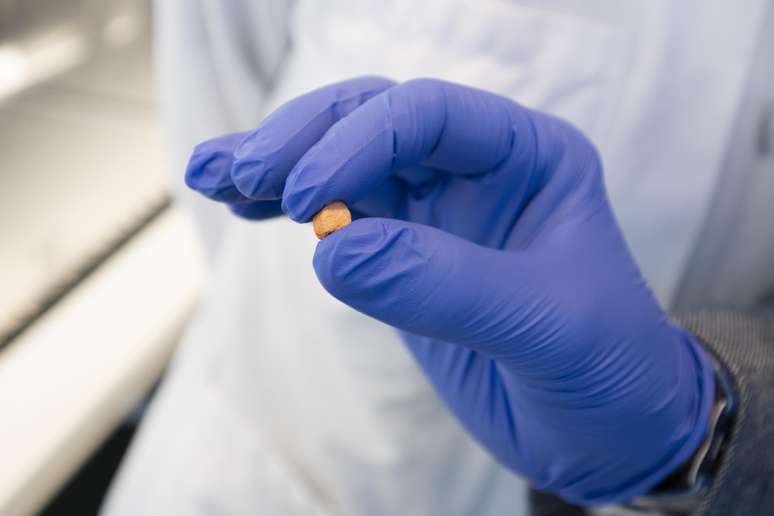The university warns against the risks of intoxication from so-called new psychoactive substances (NPS)
Summary
Unicamp identified the synthetic opioid compound N-pyrrolidino protonitazene, more potent than fentanyl, for the first time in Brazil in a case of severe poisoning treated at Hospital das Clínicas.
The State University of Campinas (Unicamp) announced, in a scientific publication, that it had identified for the first time in Brazil a substance more potent than fentanyl. The N-pyrrolidine compound protonitazene, a highly toxic synthetic opioid of the nitazene class, was detected during the treatment of a patient admitted to the Hospital das Clínicas (HC) of Unicamp with severe poisoning.
Receive the main news directly on WhatsApp! Subscribe to the Terra channel
The substance was identified in July this year. The tests were carried out by the Toxicological Information and Assistance Center (CIATox) of Campinas, affiliated to the Faculty of Medical Sciences (FCM), and by the HC itself.
The case was reported to the National Secretariat for Drug Policy and Asset Management (SENAD), which is part of the Ministry of Justice and Public Security. The chart noted that the patient reported drowsiness followed by loss of consciousness after ingesting a stimulant pill. Given the severity of the case, the medical team administered naloxone, an antidote for opioid poisoning.
The contamination was immediately noticed because the HC doctor on duty treating the patient, coincidentally, is a member of CIATox and identified the effects of an opioid. Other psychoactive substances were also detected in the patient’s blood, including MDA, synthetic cathinones (stimulants), and alcohol (a depressant).
“Cases like this, involving nitazene, illustrate the challenges that healthcare, public safety, justice and social care professionals face with so-called new psychoactive substances (NPS), drugs created by small changes in the molecular structure of already known and controlled substances,” reads the Unicamp text announcing the discovery.
“They produce effects similar to those of classic drugs, such as stimulants and hallucinogens, and escape standards and regulatory agencies. The risk of their high toxic potential, combined with the fact that they are still unknown, represents a threat to the health of users of classic substances, who may consume NPS without knowing it, and makes the work of doctors and healthcare institutions difficult, who do not have the resources to identify and treat poisoning,” he warns. the university.
Source: Terra
Ben Stock is a lifestyle journalist and author at Gossipify. He writes about topics such as health, wellness, travel, food and home decor. He provides practical advice and inspiration to improve well-being, keeps readers up to date with latest lifestyle news and trends, known for his engaging writing style, in-depth analysis and unique perspectives.







-vf6huy5jc37c.jpg)
